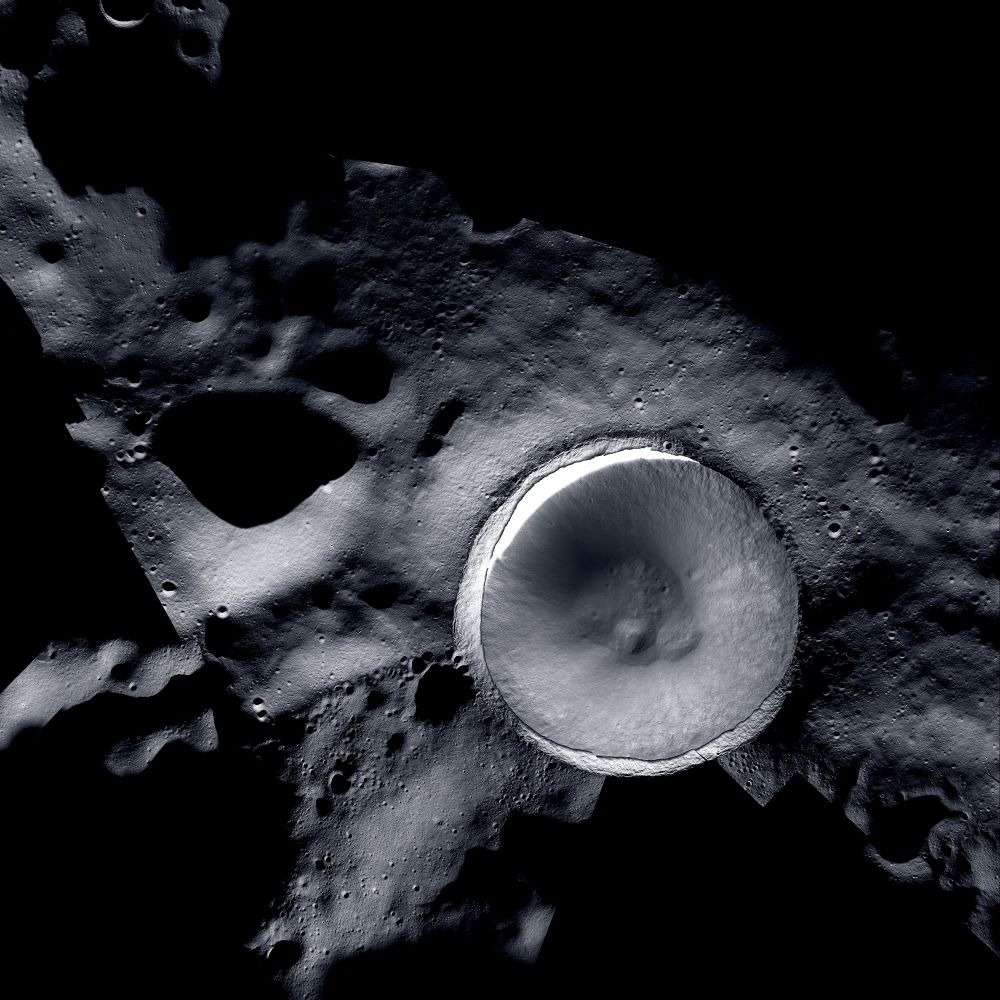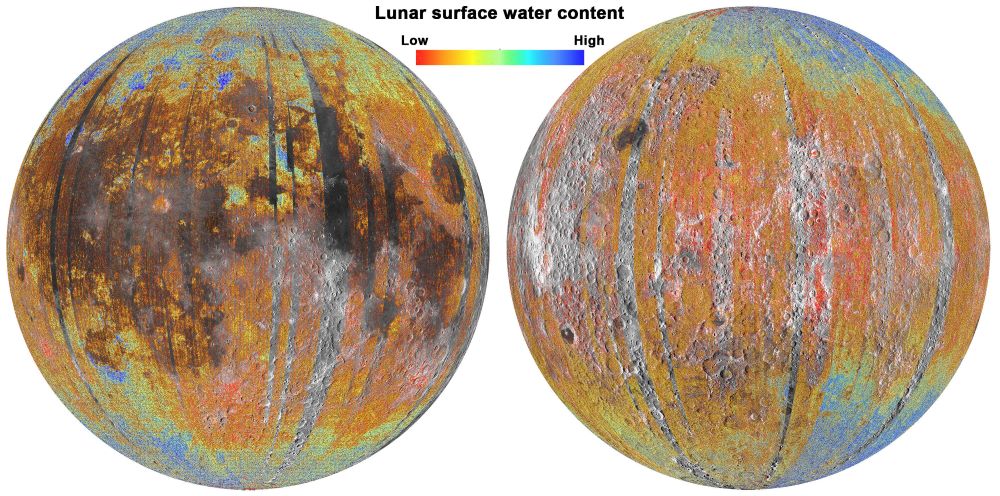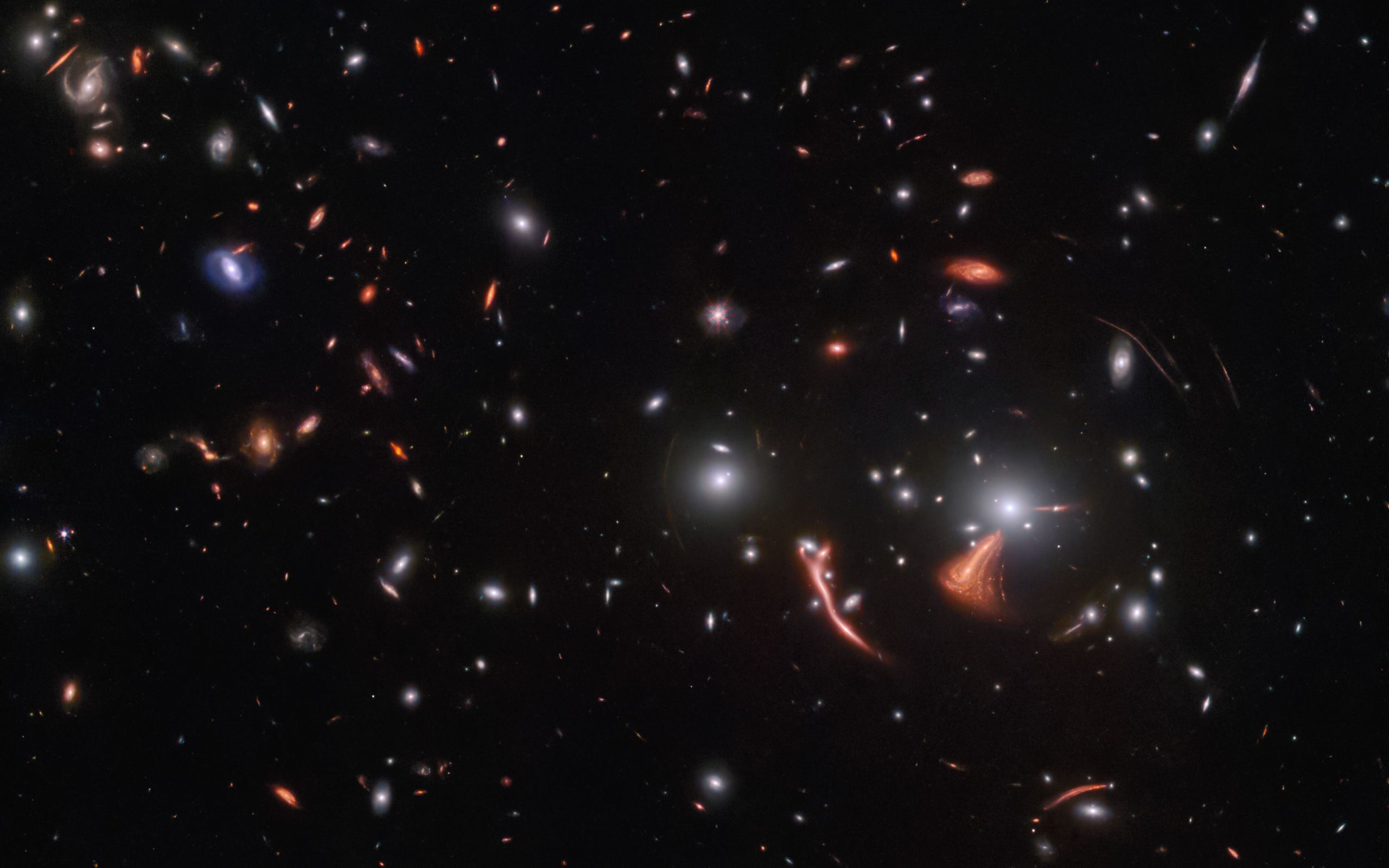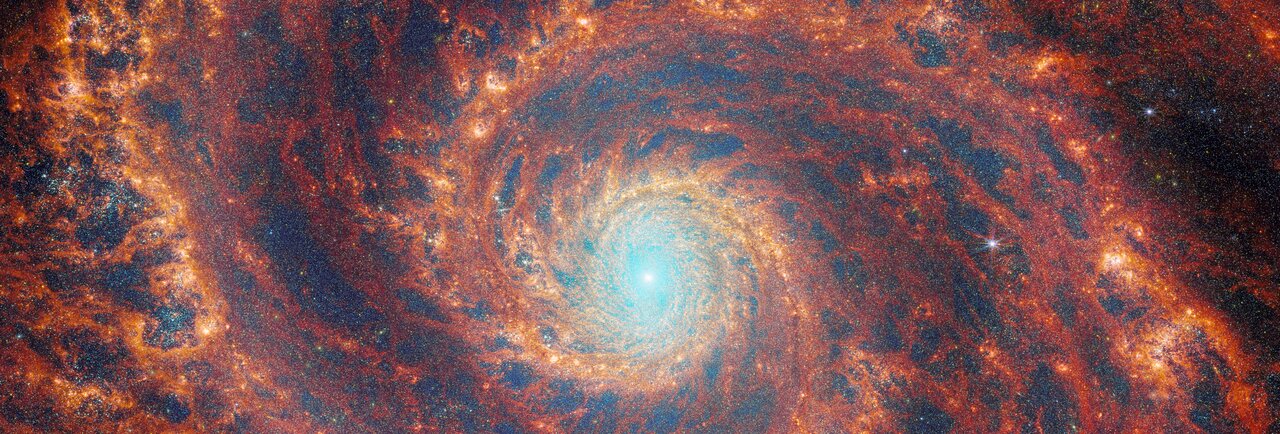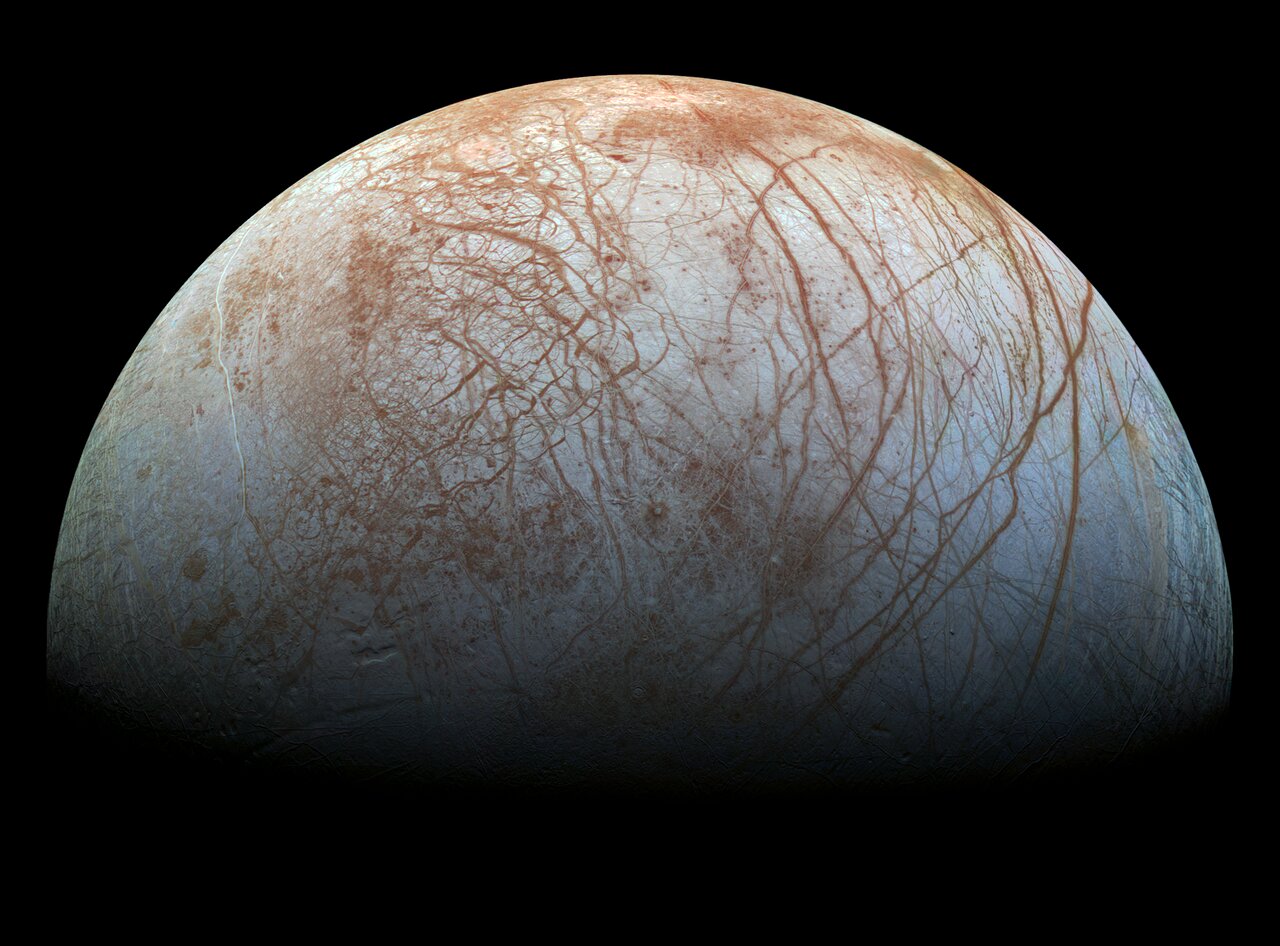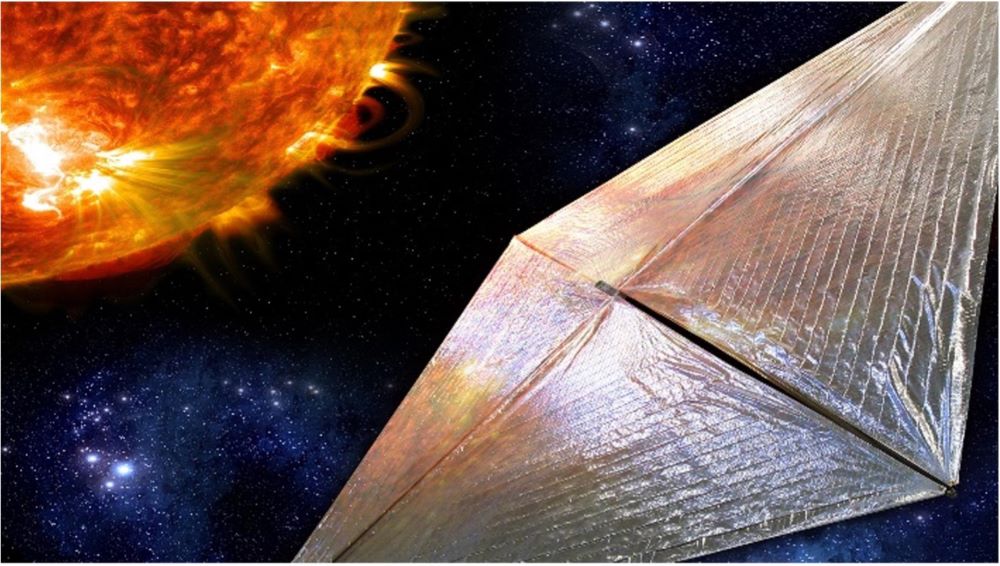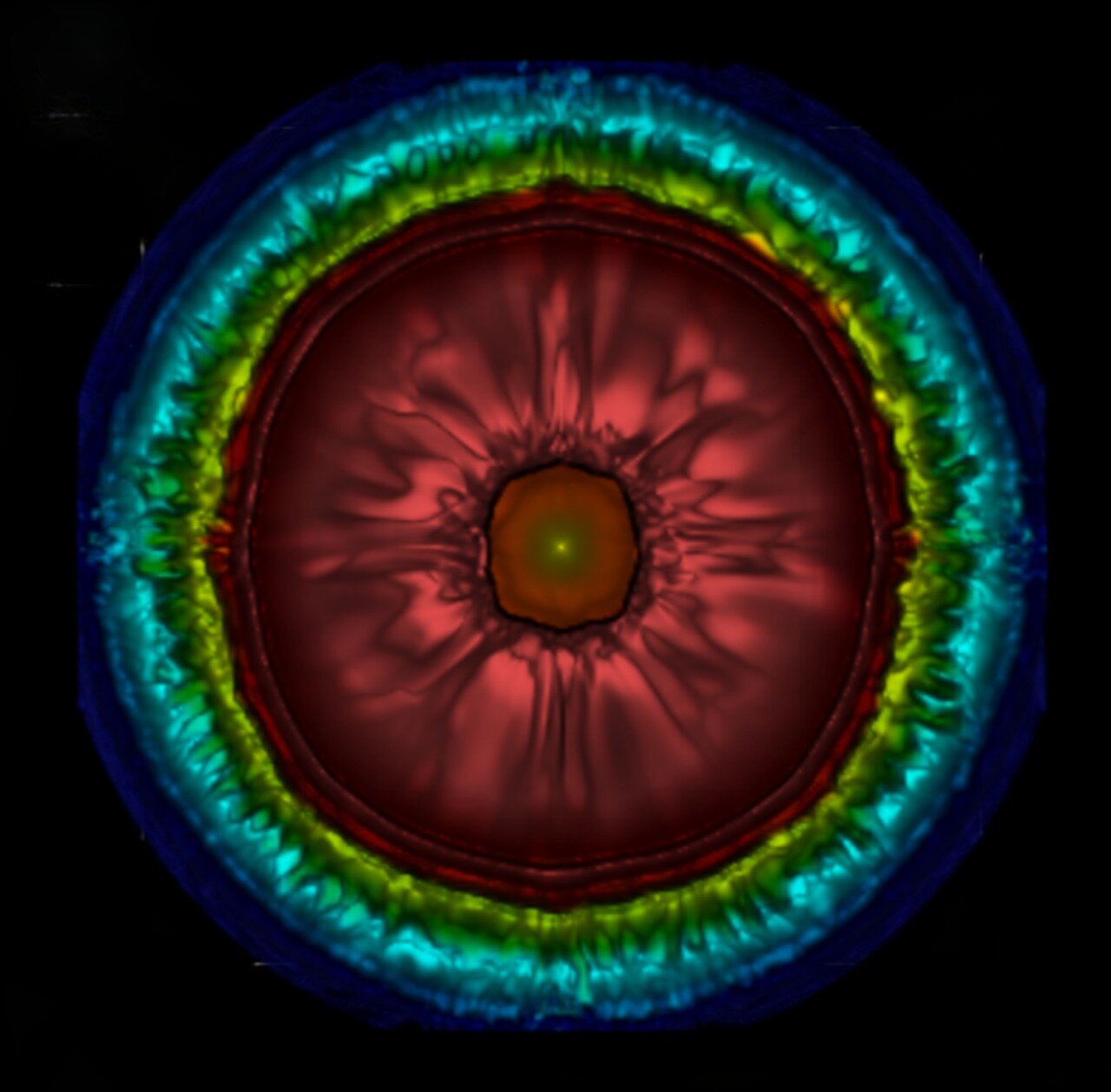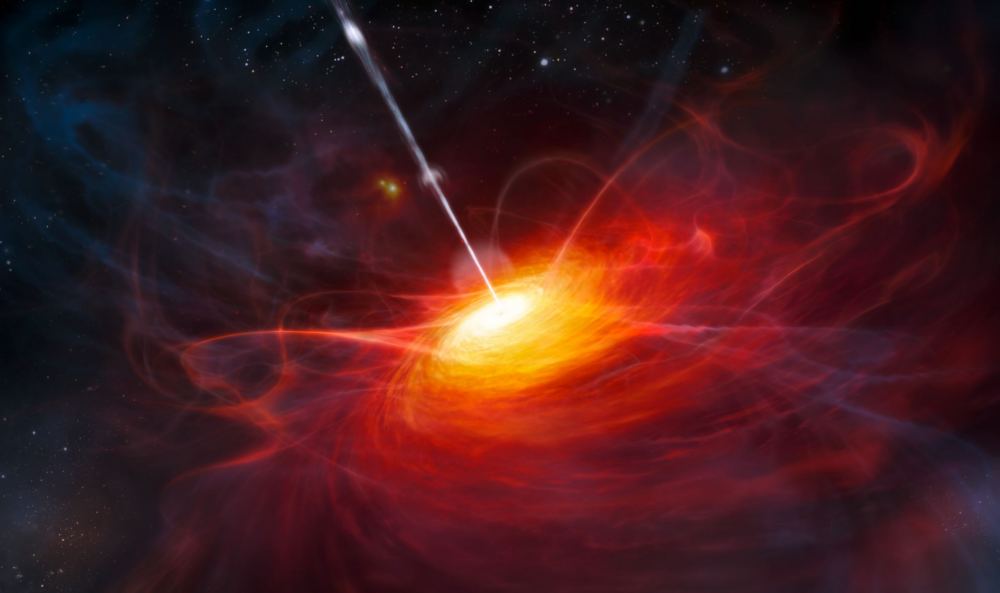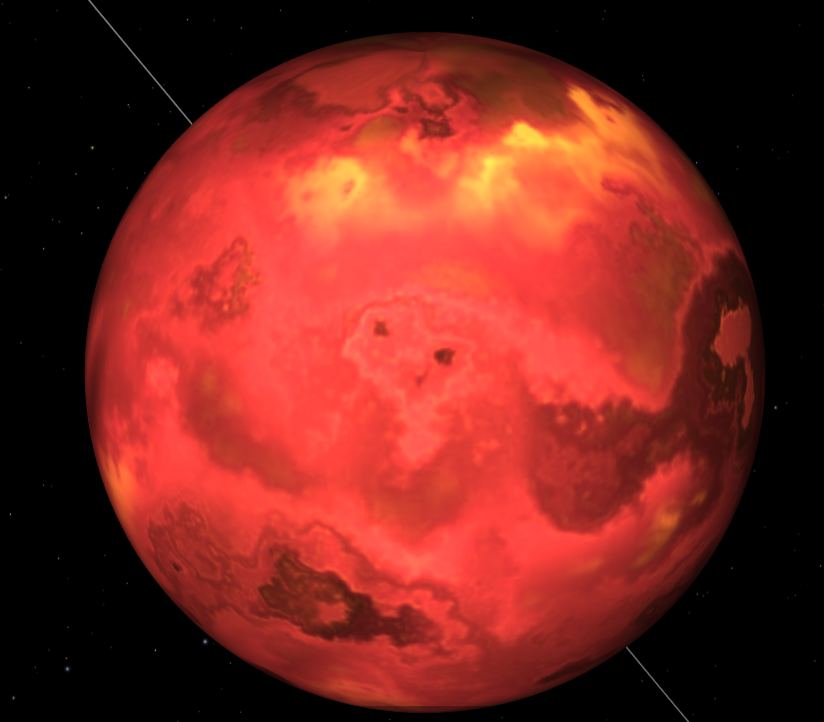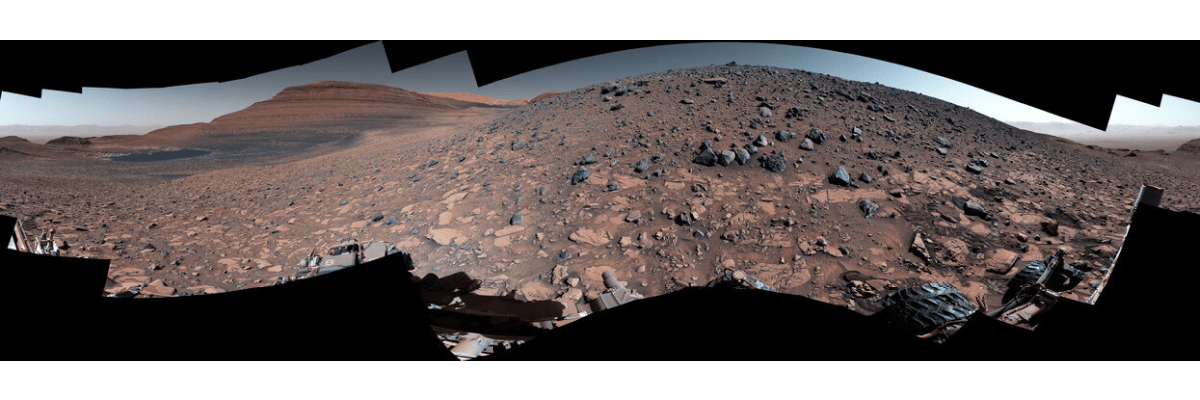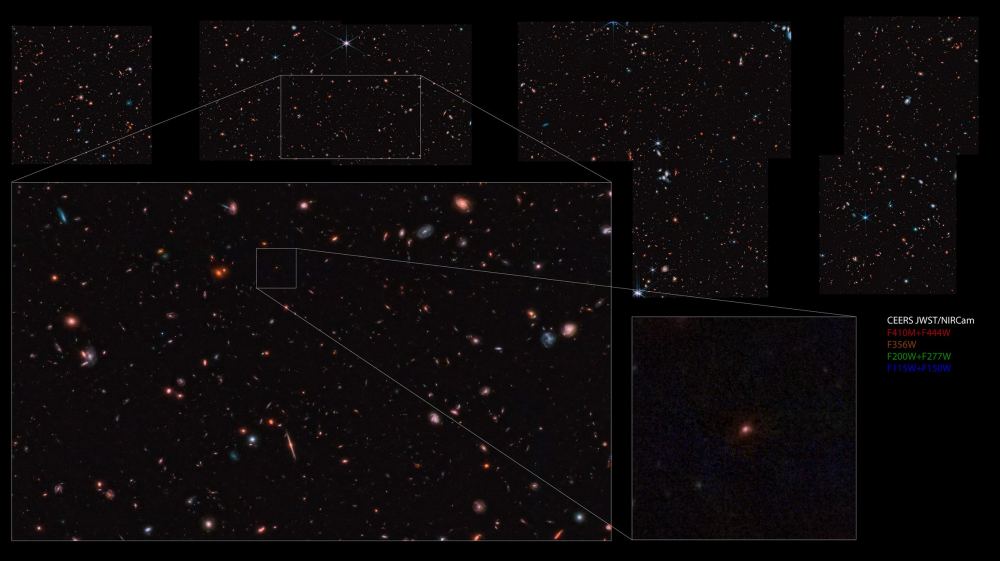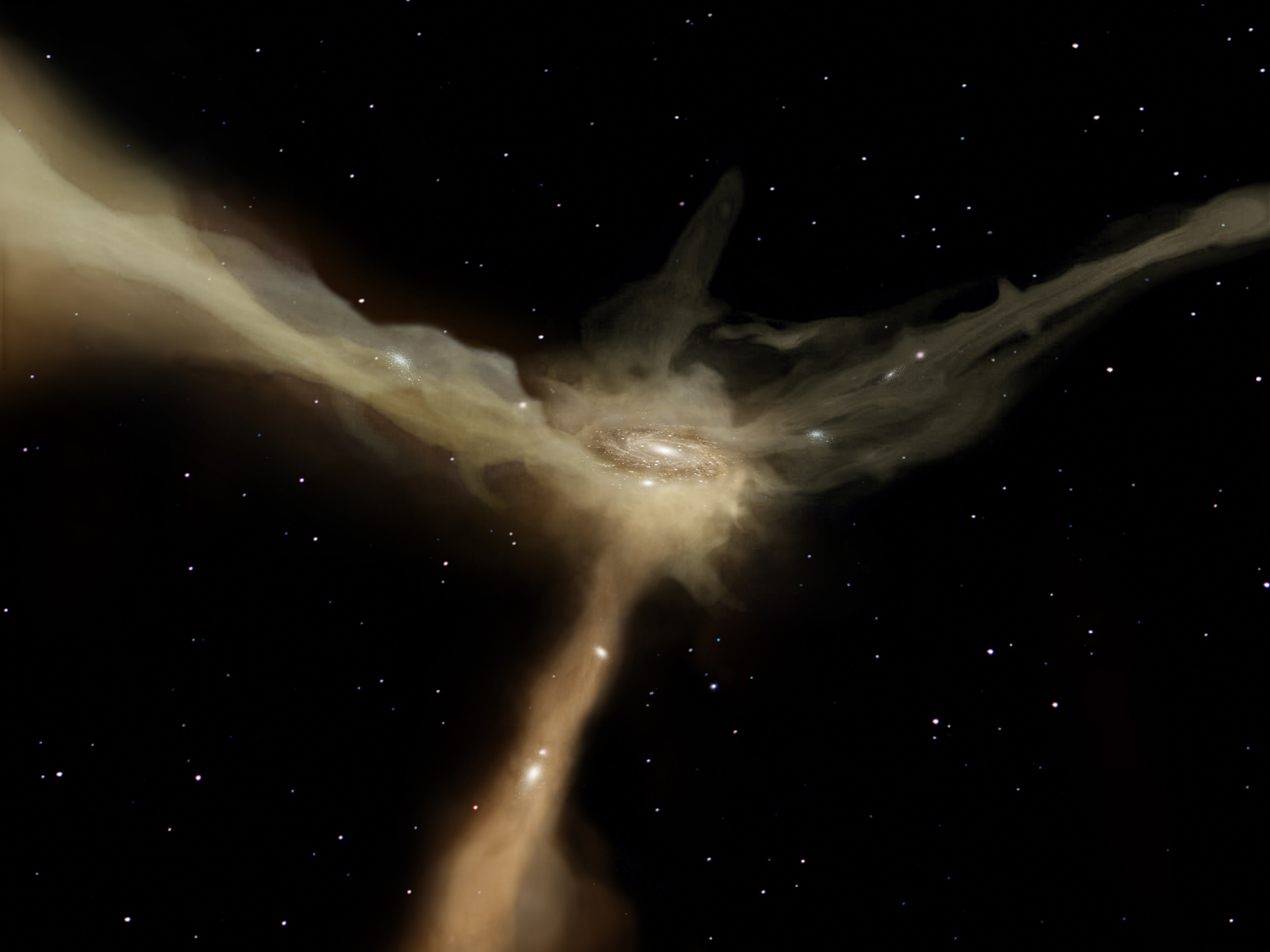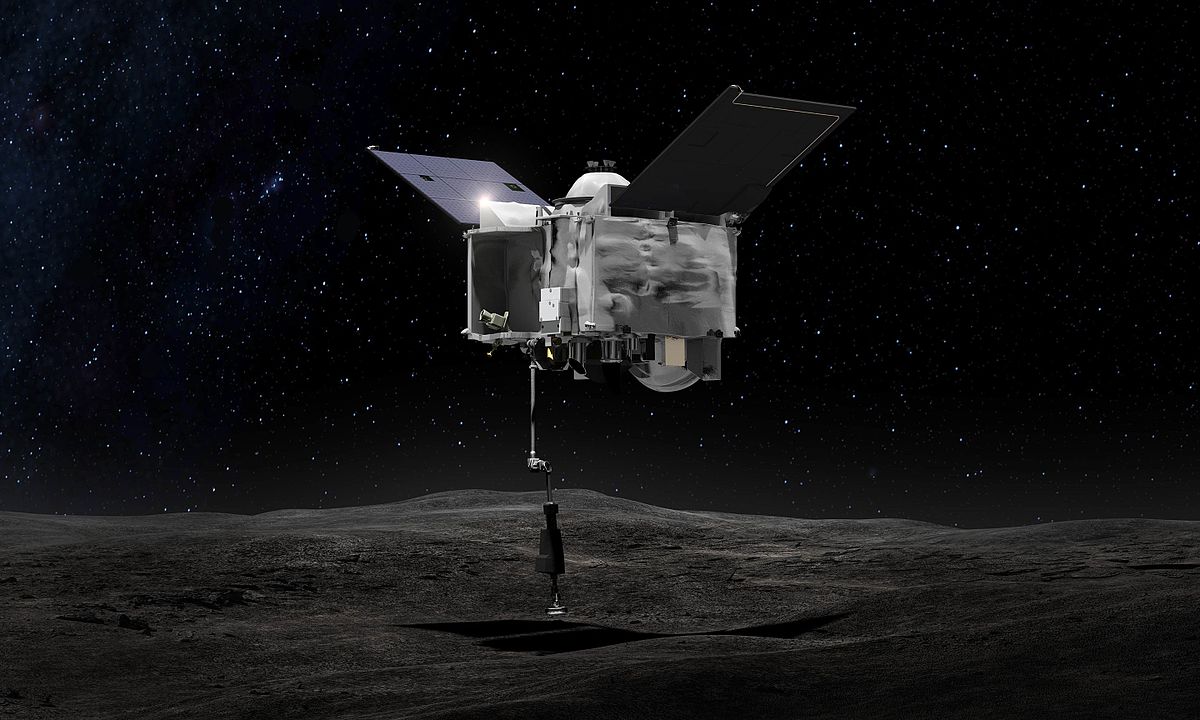
On Sunday, September 24th, NASA's OSIRIS-REx mission will deliver samples from the asteroid Benny.
Continue reading
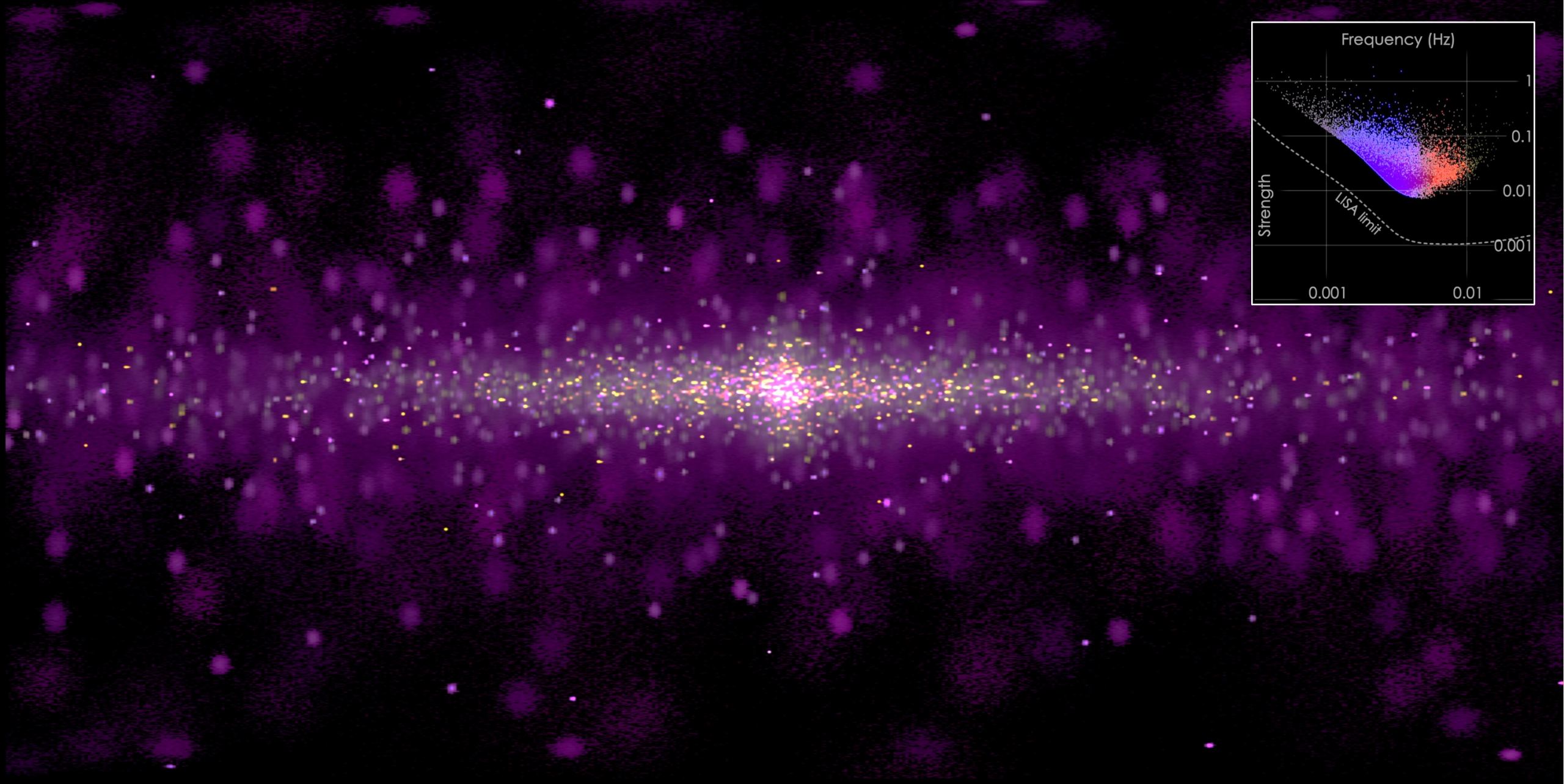
Our biology limits our vision. Our eyes can only perceive specific wavelengths of light. But what if we could see the Universe in gravitational waves? A new NASA simulation mapped out hundreds of collisions between dense objects, like white dwarfs, neutron stars, and black holes. These collisions happen within galaxies, sending ripples of gravitational waves across the Universe, and would allow astronomers to recreate the shape of galaxies over time. Upcoming observatories will detect tens of thousands of ultra-compact binary stars, providing even higher resolution—an entirely new way to observe the Universe.
Continue reading
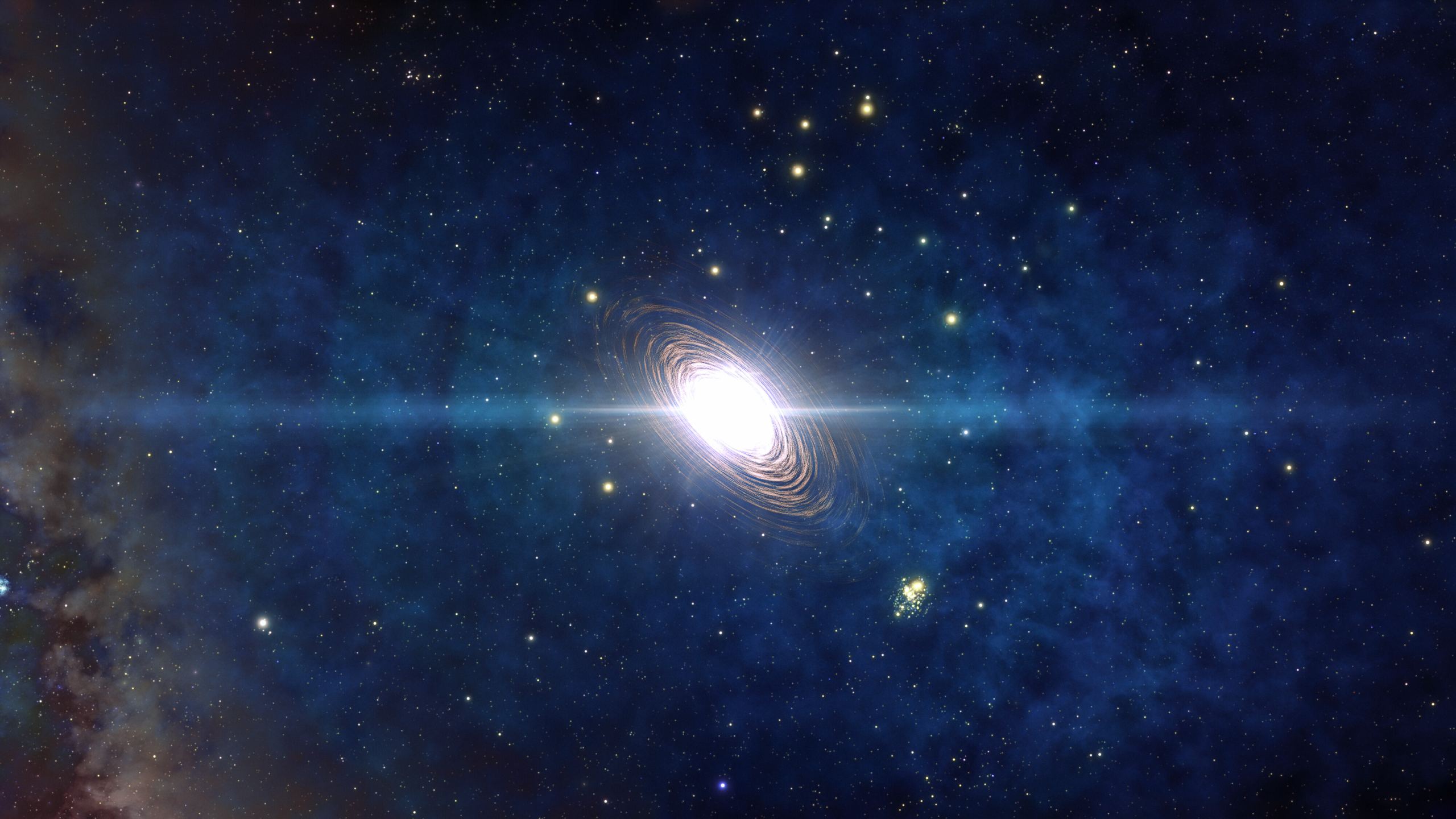
The first stars in the Universe were enormous, made of primordial hydrogen and helium from the Big Bang. They lived short lives, exploded as supernovae, and seeded nearby nebulae with heavier elements that began the next generation of stars. Our telescopes aren't powerful enough to see them yet, but have astronomers found their direct descendants? The metal-poor stars in the galactic halo seem to show the imprints from those first stars and could offer valuable clues about the first stars in the Universe.
Continue reading
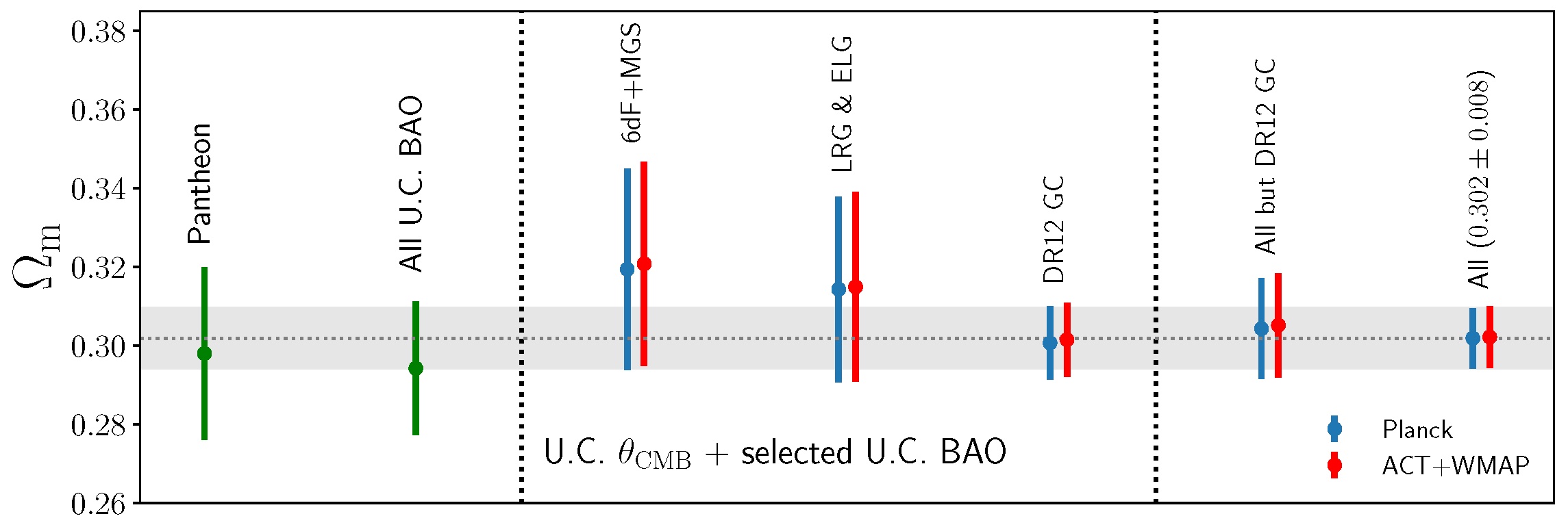
Dark matter might have its own force, mediated by dark photons similar to the way electromagnetism is mediated by photons. A new study shows that not only are dark photons consistent with experiments in particle physics, they could also solve the g-2 anomaly for muons.
Continue reading
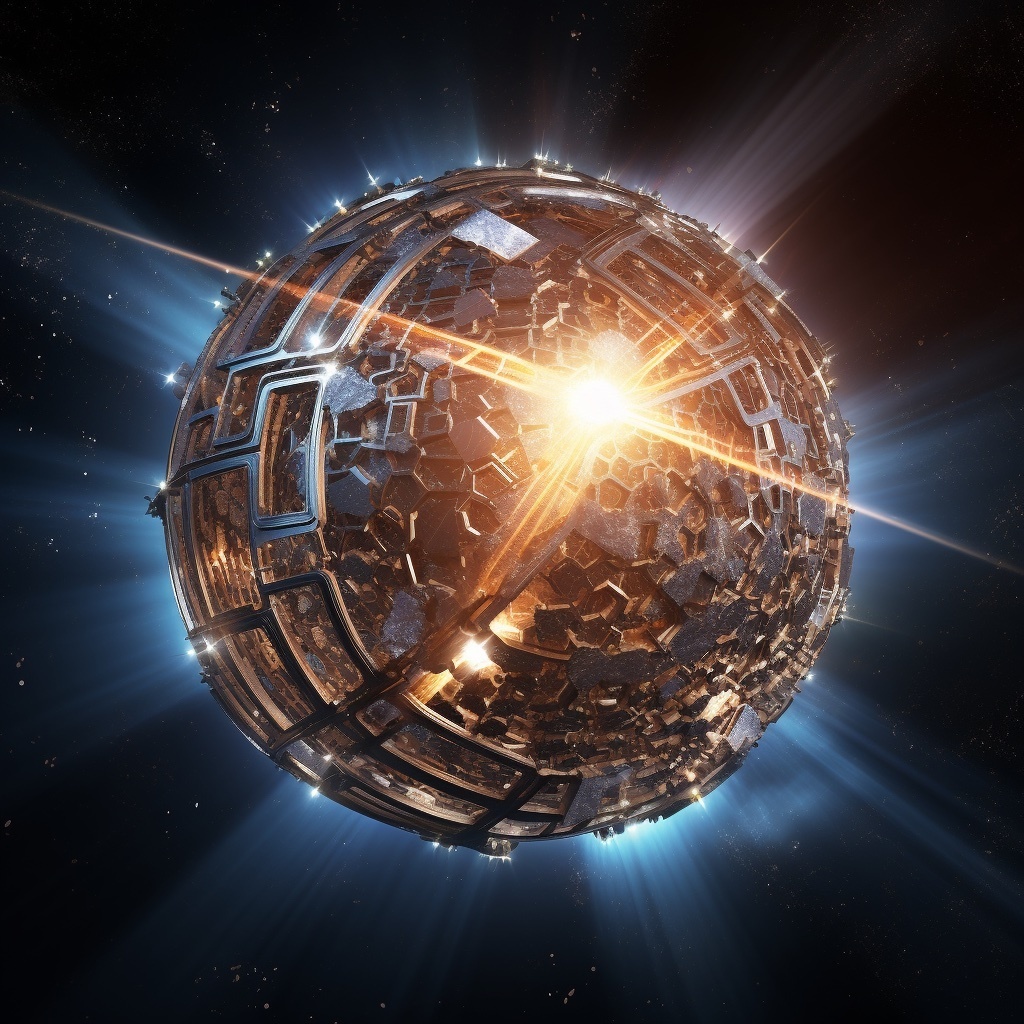
A new study recommends looking for Dyson Spheres that are smaller, orbit closer to their suns, and might still be under construction.
Continue reading
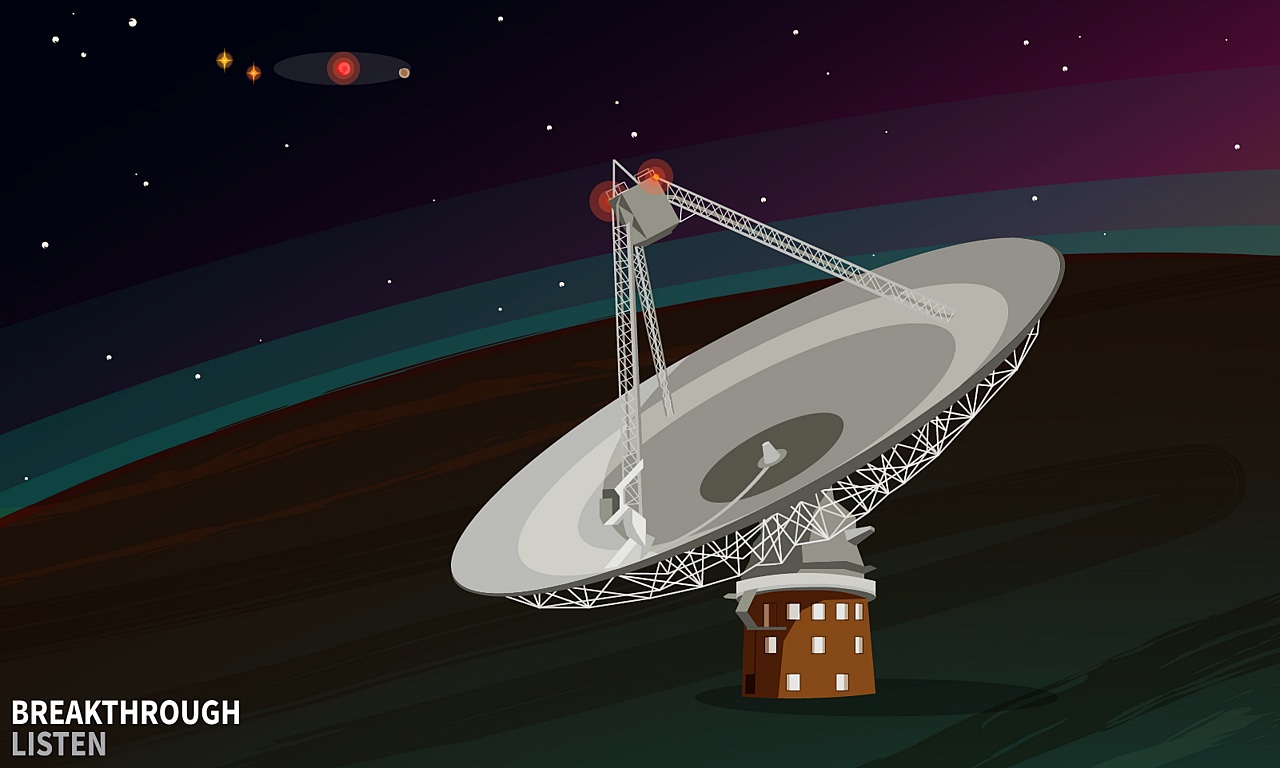
Most science fiction portrays the first contact between humanity and alien civilizations as a disaster. That's probably because our history hasn't turned out so well. But does it have to end poorly for us? A new paper looks at the game theory of first contact. It shows that the rational response to another civilization is to be cautious, with both groups understanding the other before taking decisive action. Communication would be difficult but not impossible. Since we share a physical Universe and have reached a technology level that allows us to detect each other, we could assume some of their characteristics in advance.
Continue reading
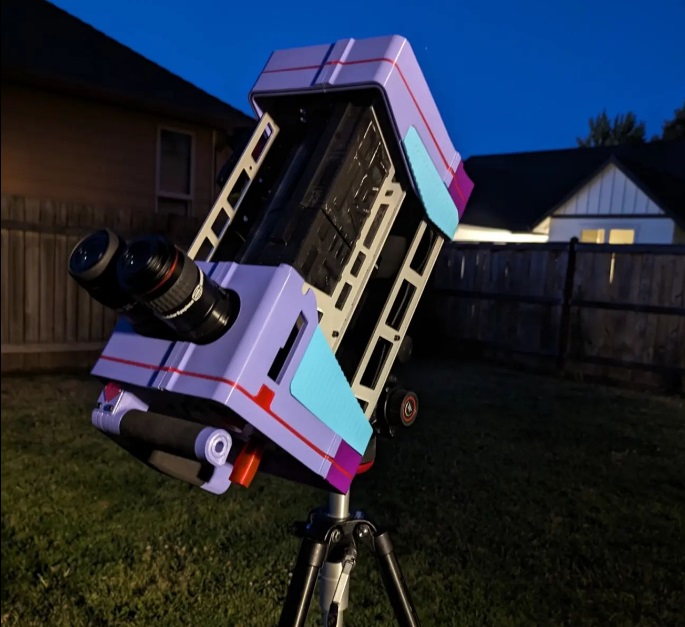
A new project promises to bring back the magic to night sky observing.
Continue reading
